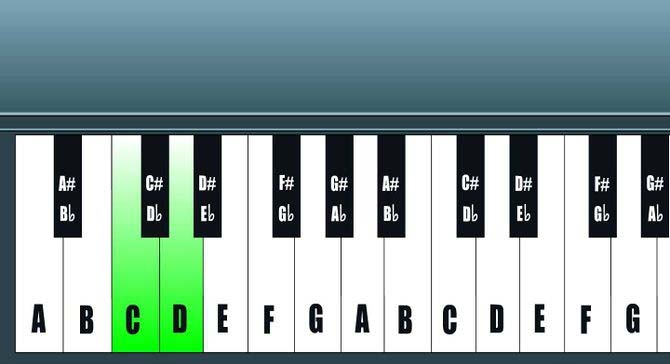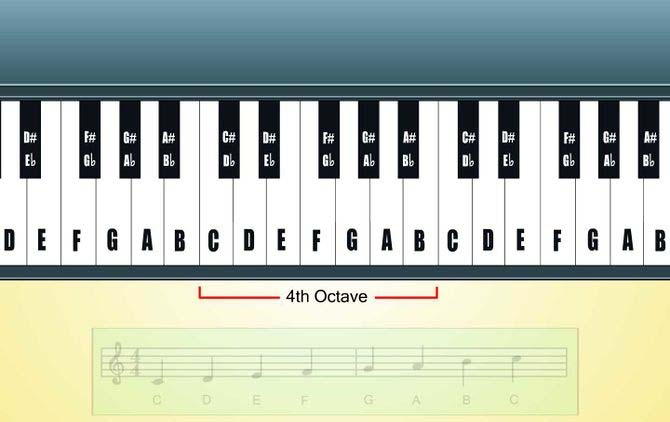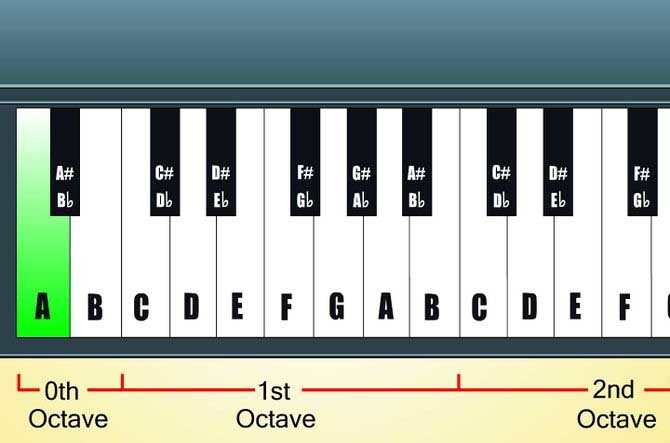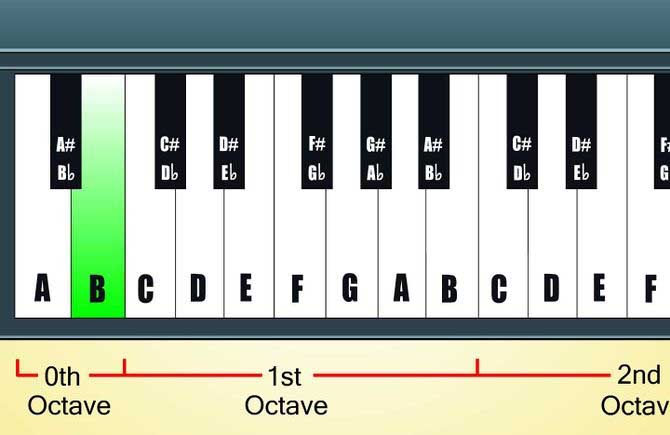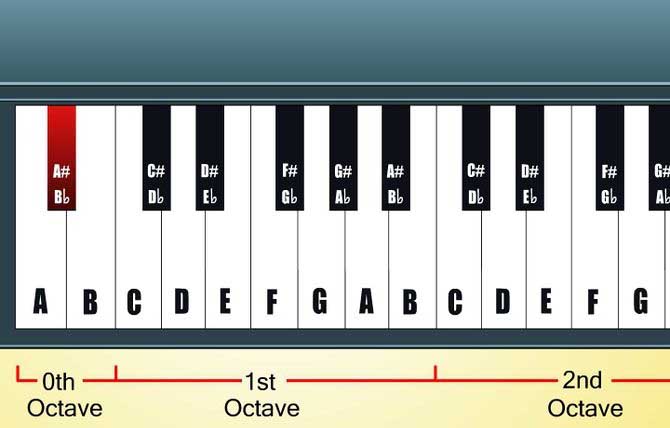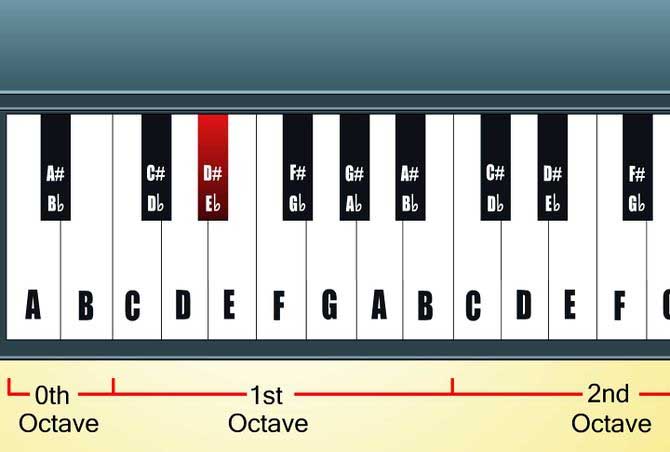|
Getting
Started with the Piano |
Know The Keys First, let’s keep it simple. There are two kinds of keys on the piano: black and white. These keys alternate in a consistent pattern. There are sets of two black keys and sets of three (known as accidentals), and the rest of the keys are white (the naturals). The white keys follow a consistent pattern from A through G. D is always located between a set of two black, or accidental, keys, so you always know where you if you can locate D. In total, the standard piano has 88 keys, 52 naturals and 36 accidentals, which are the sharps and flats. For now, we’ll use the right hand. Place your pointer finger on the closest D (remember, it’s the white key between the two black ones above it). Now, slide it over two white keys to the F. Next, put your middle finger two white keys over, on the A, and your ring finger over on the C that’s another two keys away. If you keep this simple formation you can move up and down the keys to play various chords. Below you will find the 24 Basic Major and Minor Chords.
Identify the repeating pattern of keys on the piano. Find the note "C" on your keyboard, as shown in the image above. This is the first note of the C Major scale: C, D, E, F, G, A, B, and back to C. Note the pattern of white keys:
three white keys enclosing two black keys, and four white keys enclosing
three black keys.
Octive 1
Learning what the written notes look like can also help you understand the relationship of the notes. Here is a chart showing what
the white notes look like, musically, starting at C4 (the C in the
4th octave).
This is the lowest note playable and it is designated A0 (the A at the zeroth octave).
The keys you'll encounter are detailed as follows: First (left-most or lowest)
white key is: A0
Notice and repeat the following pattern for the remainder of the white keys, starting at the third white key: 3rd white key is: C1
The symbol ? is read as sharp',
and the symbol ? is read as flat.
Move up (to the right) in the keyboard, you'll find the following group of 5 black keys immediately after the first black key: 2nd black key is C?1 or D?1. Tips Memorize all the white and
black notes for one octave—C to C. Once you have those memorized,
they are exactly the same for every octave on the keyboard. Whether
your keyboard has 2 octaves or 8, it's all the same! Warnings Do not write the names of the notes directly onto a piano or keyboard. Some keyboards have the note names written already so if you really want that feature, buy one of those. However, the practice itself is not recommended. While it may seem easier at first, It will become a crutch that will actually slow down your progress. |
© 2014 Progressive Edge Records



